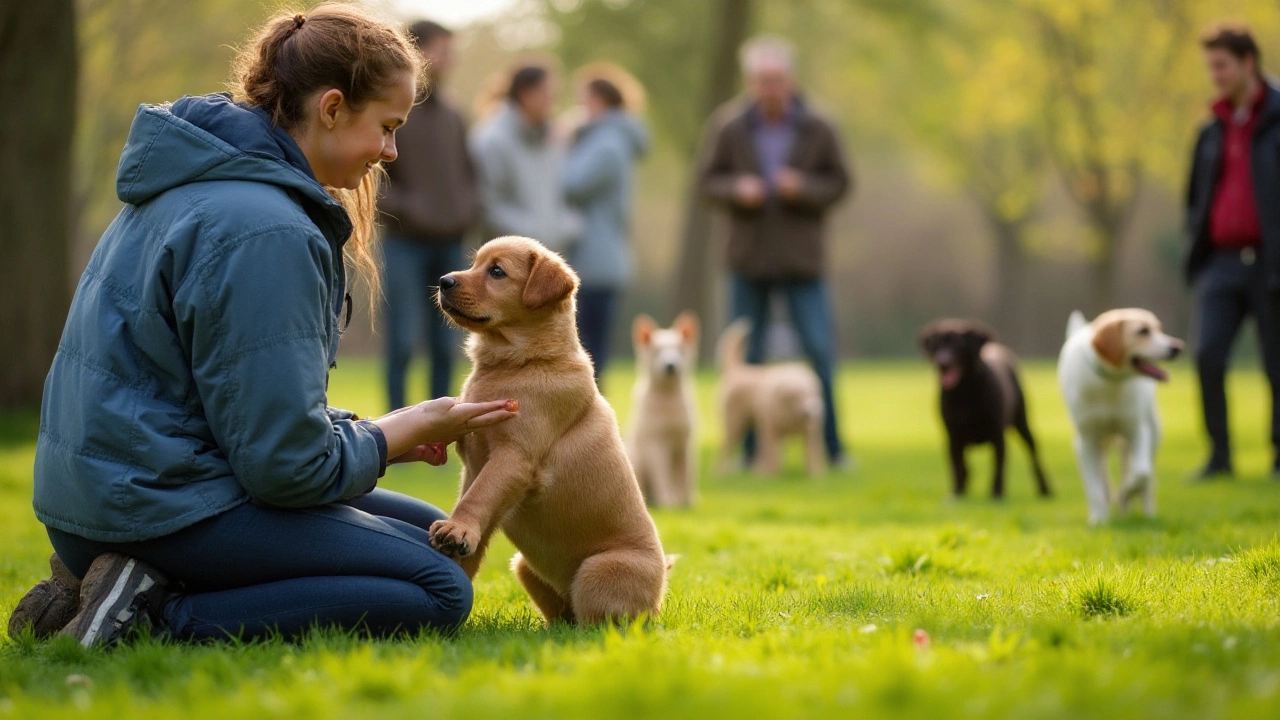Puppy Management: Essential Tips for New Dog Parents
Got a fluffy new addition and wonder how to keep things under control? Puppy management isn’t magic – it’s about simple habits, safe spaces and a bit of patience. Below are the basics you can start using today.
Setting Up a Safe Home for Your Puppy
First thing: puppy‑proof the rooms your pup will use. Hide cords, block off the trash, and store any small objects that could be swallowed. A baby gate works wonders for keeping the little explorer out of trouble while you’re busy.
Next, pick a cozy crib or a padded playpen for bedtime. Puppies love a den‑like spot where they feel secure. Keep a blanket with your scent inside – it helps them settle faster and reduces whining.
When you let the puppy roam the house, do it in short bursts. Open a door, watch the pup explore, then guide them back to the safe zone. This teaches them that the whole home isn’t a free‑for‑all, and you stay in charge of where they can go.
Everyday Routines That Keep Your Puppy Happy
Schedule is a puppy’s best friend. Feed, walk, play and sleep at the same times each day. Consistency tells your pup when to expect food, bathroom breaks and fun, so they’re less likely to develop anxiety.
House training works best when you grab the puppy after meals, naps and play sessions and take them straight outside. Use the same spot every time and reward with a quick “yes!” and a treat. Over time the scent cue does the rest.
Chew toys are a must. Choose rubber or nylon toys that are gentle on developing teeth. Rotate the toys every few days to keep the pup interested and prevent them from gnawing on furniture.
Socialisation should start early but stay gentle. Invite a calm, vaccinated dog over for a short visit, or take your puppy to a quiet park. Let them sniff, wag and learn that other dogs and people are friendly.
Don’t forget health checks. A quick vet visit at 8‑weeks, then every three months for vaccines and deworming, keeps hidden problems at bay. Ask the vet about microchipping – it’s a tiny procedure that can save you a lot of stress later.
When night falls, dim the lights, keep the crib close to your bedroom and stick to the same bedtime cue – like a soft “good night” and a treat. Puppies need around 18‑20 hours of sleep, so a calm environment helps them recharge.
If the pup starts chewing on shoes or cords, redirect instantly to a chew toy and praise the switch. Consistency beats punishment every time because the puppy learns what you expect instead of fearing you.
Training sessions should be short – five minutes tops – and end on a positive note. A happy “good job” leaves the puppy eager for the next session.
Finally, keep your own stress low. A relaxed owner passes calm to the puppy. Take a deep breath, stay patient, and remember that every mistake is a chance to teach.
With these straightforward steps, managing a puppy becomes less of a mystery and more of a daily routine you both enjoy. Happy pup, happy home!

Effective Techniques to Stop Dog Biting Behavior
Training a dog to stop biting revolves around understanding their behavior and applying consistent training techniques. Early socialization is crucial to teach puppies bite inhibition, creating an environment that promotes positive interactions. Adults dogs can also learn through patient, gentle correction and rewarding desired behaviors. This guide provides practical steps and tips for anyone looking to manage their dog's biting, focusing on empathy and clear communication.
View more